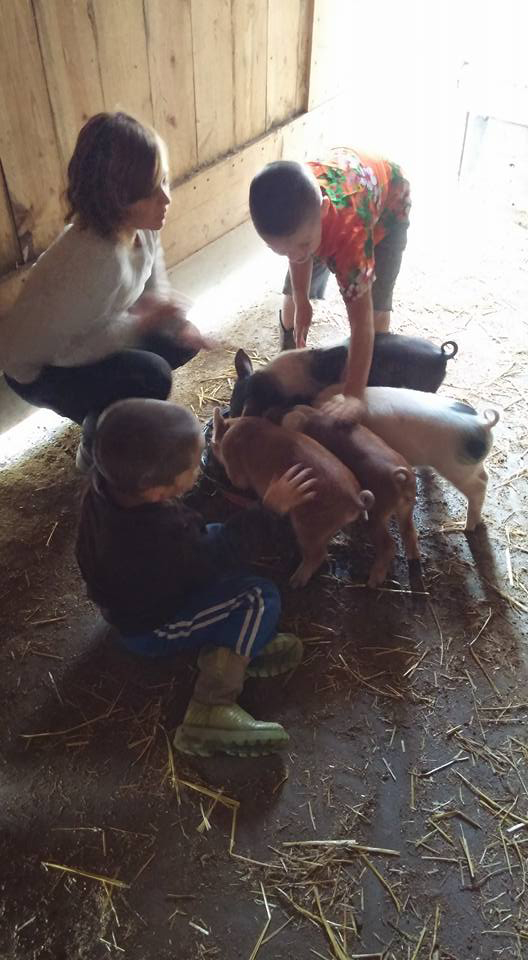Image by Alexas_Fotos from Pixabay
by Carie Moore
Every day is a fresh start. A new adventure. A day to celebrate. Thanks to the National Day Calendar, you have something, or many things some days, to celebrate! https://nationaldaycalendar.com/
I have worked hands-on with zoo animals and with farm animals and yesterday, April 8, was National Zoo Lover's Day and April 10 is National Farm Animals Day.
The farm and a zoo are great places to get information about specific animals and see ones you might not get to see if you live in the city, or in North America!
The main goal of anyone who has animals be it a pet, livestock, exotic, or for work purposes, is to always make sure that animals is healthy, fed, clean, and taken care of. Knowing your animal and how it changes based on its circumstances and environment is crucial. Animals can’t speak to us, so we pay attention to their body language. They will let you know; you just have to be attentive.
Some zoo animals can’t be put back into the wild for various reasons. Others are born in captivity; some are there to help restore their populations. By providing for these animals, the zoo is helping the public bring awareness to the species. Some may be on the endangered list and they want you to know why. It could be poachers, it could be illegal trading of their tusks or horns, it could be loss of habitat and food. This gives zookeepers a chance to save an animal and help you get factual information and see their magnificence up close without using the internet.

Farm animals, like zoo animals, get a lot of grief by many activist groups. Zoos have come a long way in duplicating environments to be as similar to the animal’s natural environment as they can be. They researched and made changes, because they knew it was best for the animals that were in their care and entrusted to them.
Most farm animals are a domestication of a wild ancestor. They were used to feed families and to help provide an easier means to planting and harvesting other crops.
Today, in addition to being used for food, farm animals provide so much more. Insulin, leather, feathers for pillows, fats, along with thousands of other products we use every day without batting an eye. Visiting a farm, a rural fair, an ag adventure day, or having someone come to your school, are all great ways to interact with farm animals.
Some are small and cute. Others are large and powerful. They all serve a purpose on a farm, for you and also for me. A juicy steak, a warm wool sweater, and crisp bacon are all things we can get from animals we have had raised here. It means feeding and watering and cleaning, whether it’s 90 above or 40 below zero. Animals need straw and heat in the winter and a nice breeze and shade in the summer. It takes planning and participation to have animals on the farm. Some animals take a lot more work than others so it’s important to know before you purchase one for your farm, if you can commit to the care and well-being of that animal.
Animals are awesome. Animals are amazing. Except roosters. Roosters are evil.
 Carie Moore is the District 4 representative on the NDFB Promtoion and Education Committee. She is a mom and farms near Rocklake. Her posts appear each Thursday.
Carie Moore is the District 4 representative on the NDFB Promtoion and Education Committee. She is a mom and farms near Rocklake. Her posts appear each Thursday.
